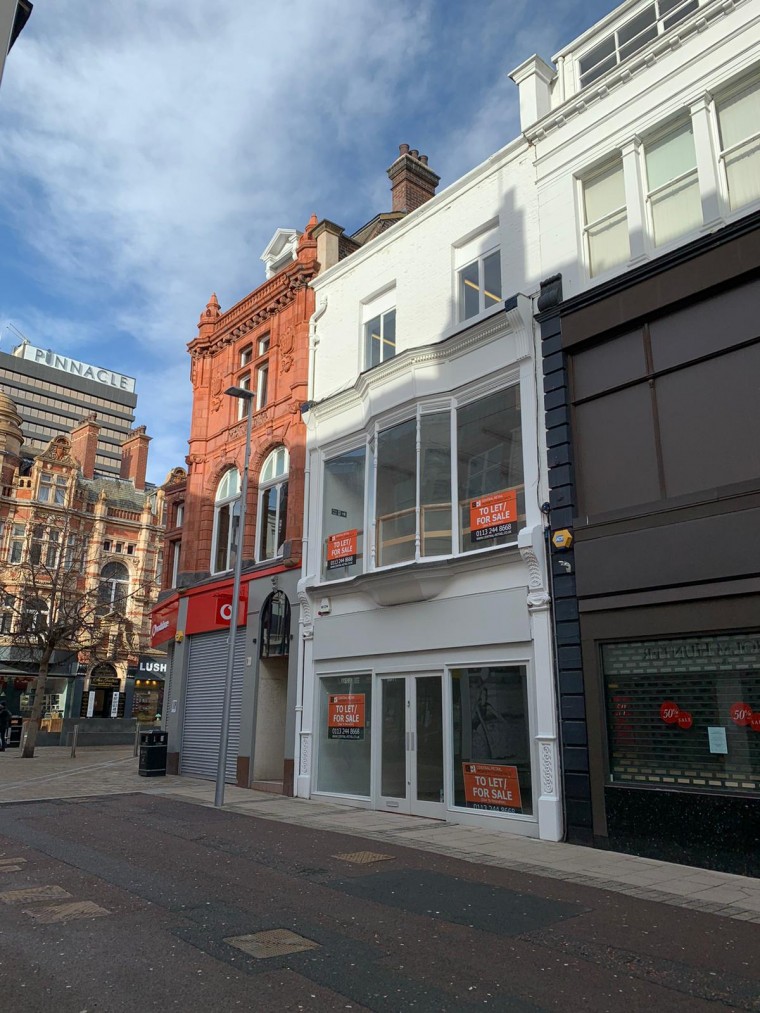Transforming Storefronts: An Art of Retail Refurbishment

In the current fast-paced shopping environment, the visual and practical appeal of your store plays a vital role in drawing in and retaining customers. As consumer preferences change and competition intensifies, store refurbishment has become as a vital strategy for businesses looking to breathe new life into their storefronts. Whether you're a long-established brand or a budding entrepreneur, understanding what retail refurbishment is and why it is important to your store is essential for remaining relevant in the industry.
Retail refurbishment is not just about transforming your environment look new; it's about revitalizing your brand and improving the customer experience. A successful refurbishment can result in higher foot traffic, improved sales, and a stronger connection with your customers. By investing in design and aesthetic enhancements, smart layout changes, and sustainable practices, you can cultivate an attractive atmosphere that resonates with your customers and meets with your business objectives. This article delves into the multifaceted world of retail refurbishment, providing insights on its benefits, key strategies, and the steps necessary to effectively transform your retail space.
Grasping Commercial Refurbishment

Commercial renovation is the method of revamping a retail area to enhance its attractiveness, usability, and client engagement. This change can vary from minor updates, such as fresh paint and displays, to major renovations that change the store's design and style. The aim of commercial renovation is to create a retail atmosphere that connects with shoppers, aligns with current trends, and boosts the overall corporate identity.
A primary motive for initiating a retail refurbishment is to refresh a business and increase sales. As customer tastes shift, stores must adapt to satisfy the expectations of their target audience. Renovation allows retailers to revive their selection, add new innovations, and create attractive spaces that captivate and keep customers. When carried out well, a renovated store can greatly enhance foot traffic and influence purchase decisions.
Additionally, an efficient retail refurbishment goes above aesthetics; it is a tactical investment in the business's prospect. Well-planned refurbishments take into account functional improvements such as optimizing the design for superior movement and engagement. By carefully examining design features, stores can ensure that their updated space not only appears attractive but also improves the overall customer experience for customers, ultimately showcasing the store's principles and brand essence.
The Benefits of a Retail Makeover
A store renovation is an expenditure that offers substantial advantages for your business. To start, refurbishing your store can enhance its visual appeal, attracting more foot traffic and turning visitors into customers. A new look signifies to customers that your brand is cutting-edge and current, which can elevate their engagement and interaction with your products. This makeover not only beautifies the space but also fosters an inviting atmosphere that encourages shoppers to invest more time in your store.
In addition to attracting more customers, a store redesign can also refine the functionality of your space. By re-evaluating your store's layout and setup, you can create a more efficient flow that guides customers effortlessly through the shopping experience. This thoughtful arrangement makes it easier for customers to find what they need, which leading to higher sales. Beyond layout adjustments, incorporating thoughtful design choices such as strategic lighting and renovated fixtures can highlight key products and promotions, further augmenting the shopping experience.
In conclusion, a well-executed retail renovation can significantly strengthen your brand identity. By coordinating your store's design with your brand principles and mission, you create a unified experience that connects with your target audience. Customers are more likely to come back to a store that reflects their tastes and values, building brand loyalty. A well-executed makeover not only refreshes the surrounding environment but also reinforces customer relationships, boosting repeat business and establishing a stronger market presence.
Planning Your Store Refurbishment
Successful planning is crucial for a successful retail refurbishment. Start by assessing your present store configuration and identifying areas that call for enhancement. Consider shopper flow, product arrangement, and any design elements that may feel outdated. Gathering feedback from workers and shoppers can yield valuable information into what modifications would elevate their experience. Set specific targets for the refurbishment; whether it's building a more welcoming atmosphere or adding contemporary technology, having defined targets will guide your choices.
Afterward, develop a comprehensive schedule and budget for the refurbishment project. Research the expenses associated with design changes, materials, labor, and any possible disruptions during the renovation phase. Prioritize essential improvements versus optional features to ensure you stay within budget without losing key upgrades. https://notes.io/wX7DL organized timeline will help you and your team stay on track, reducing delays and unexpected expenses.
Ultimately, consider the influence of your refurbishment on shopper experience and image. The aesthetic choices you make should connect with your desired audience and illustrate your brand values. Use this moment to innovate and integrate sustainable practices, which are increasingly important to consumers. Communicate your plans to staff and customers, generating excitement and anticipation around the refurbishment. This proactive approach will not only ease the progress but also enhance customer engagement during and after the project is completed.
